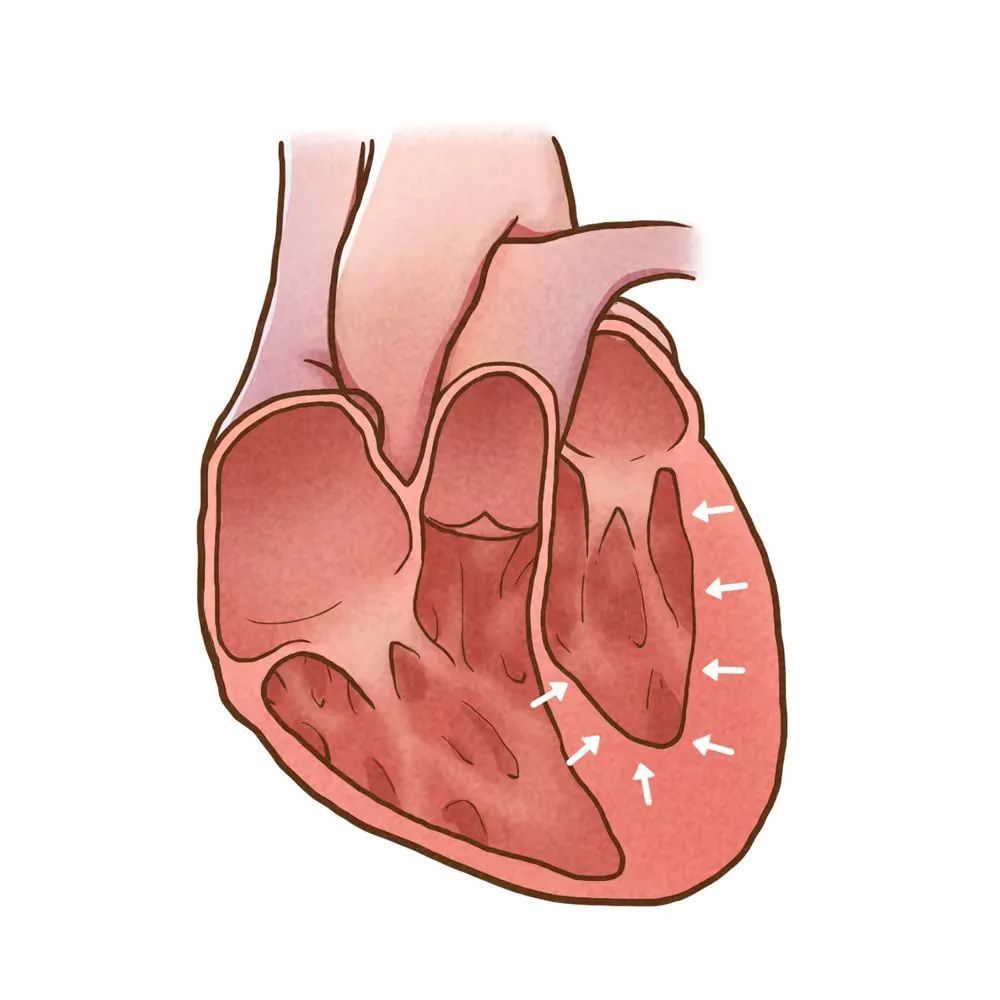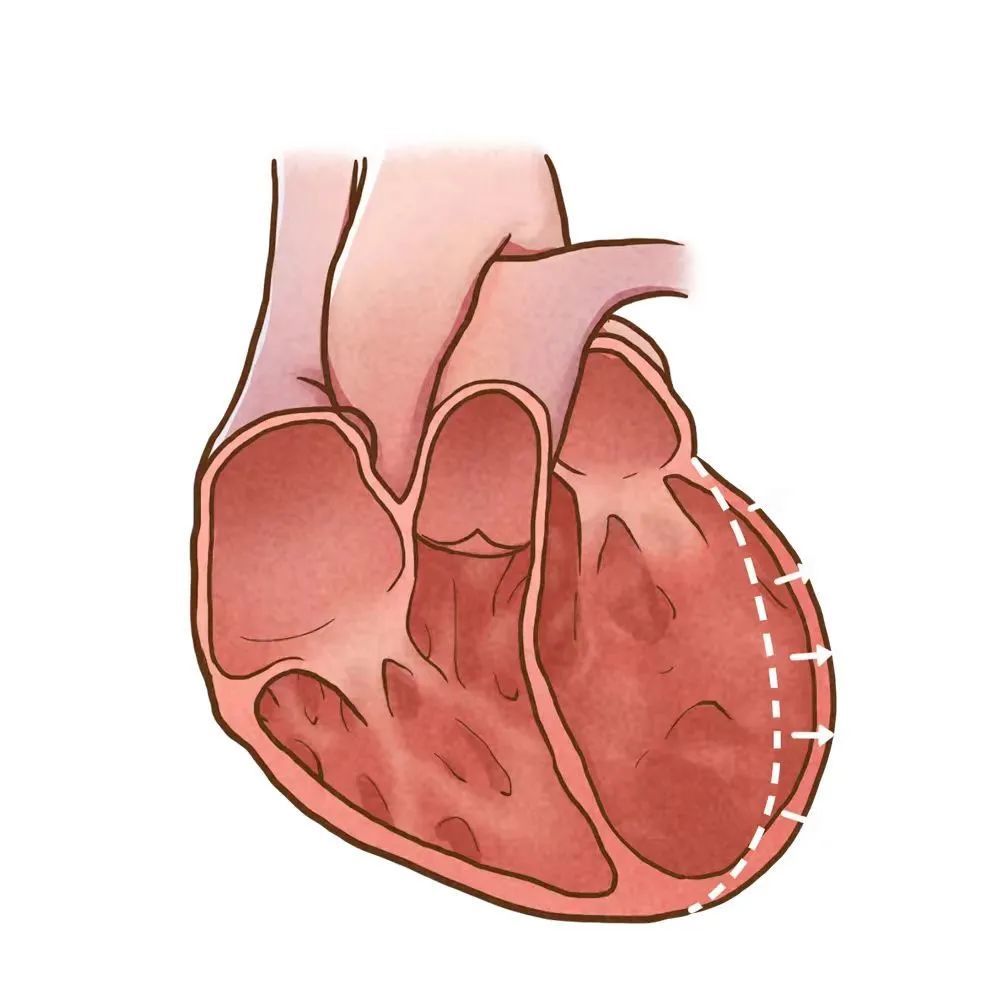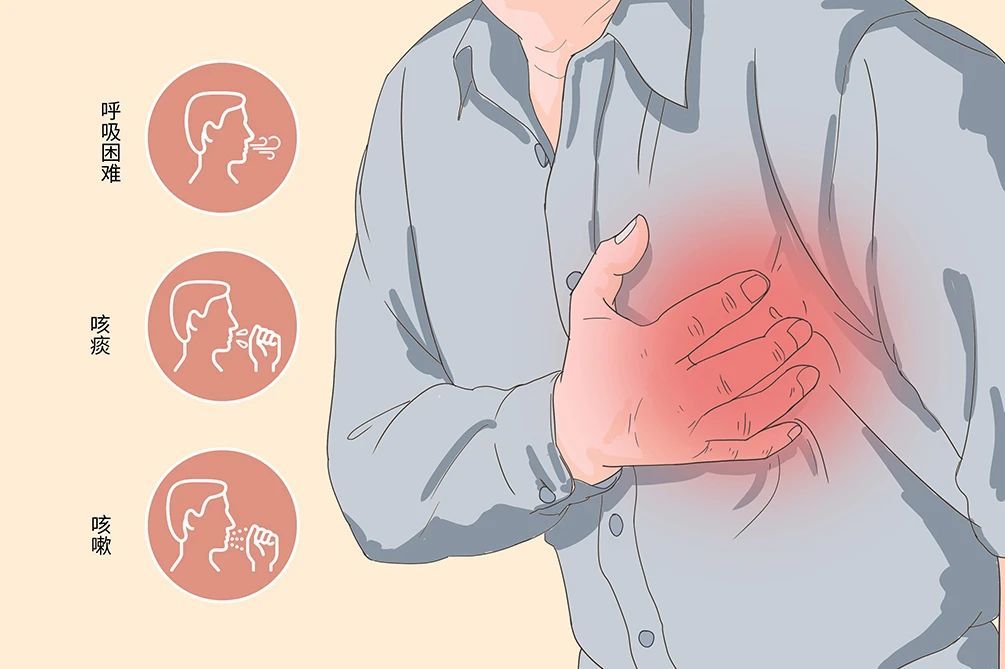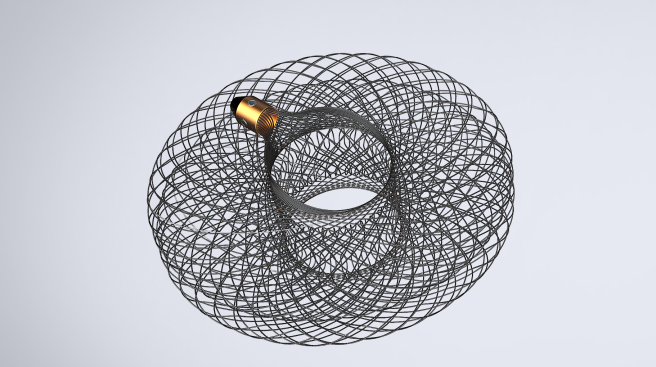National Heart Failure Day | Prevent and Cure colleagues and guard the "Last battlefield" of cardiovascular disease
Time:
2023-11-26
Since 2015, China has set November 26 every year as the "National Heart Failure Day", which aims to call on all sectors of society to pay attention to patients with heart failure and better improve the awareness and attention of the whole people on heart failure.
What is heart failure
Heart failure refers to the clinical syndrome in which the pumping function of the heart is impaired for various reasons and the cardiac output cannot meet the basic metabolic needs of the whole body tissues. It is a serious manifestation or advanced stage of various heart diseases, known as the "last battlefield" of cardiovascular diseases and the main cause of death of patients with cardiovascular diseases.


Data show that the number of people over 35 years old in China is as high as 13.7 million heart failure patients, and 2.97 million new heart failure patients are diagnosed every year. The average number of hospitalizations in patients with heart failure was 3.3 times per year, the average length of hospitalization was 9.7 days, the average cost of hospitalization was 8968 yuan per time, and the average annual cost of hospitalization was 29746 yuan.
Hypertension, coronary heart disease, valvular disease, cardiomyopathy, pulmonary heart disease and abnormal heart rate are the main causes of heart failure in China. Congenital heart disease, diabetes, anemia, hyperthyroidism and other diseases can also increase the risk of heart failure.

Common symptoms include: fatigue, shortness of breath, palpitations, weakness or dizziness; Droop edema, presence of pleural fluid, ascites, coughing or wheezing while lying flat; Severe shortness of breath, coughing up a lot of pink foam mucus, sweating profusely, etc.
Classification of heart failure
According to the NYHA cardiac function rating, it can be divided into 4 grades:
Grade I: The patient has heart disease but is not restricted in physical activity. General activity does not cause fatigue, palpitation, dyspnea, angina pectoris and other symptoms.
Grade II (mild heart failure): mildly limited physical activity. When there is no conscious symptom at rest, the above symptoms can appear in general activities, and will be relieved soon after rest.
Grade III (moderate heart failure): Significantly limited physical activity. There are no symptoms at rest, but mild physical activity can cause excessive fatigue, heart palpitations, asthma or angina symptoms, which can be relieved after a long rest.
Grade IV (severe heart failure): inability to engage in any physical activity. He also had symptoms of heart failure at rest, which worsened after physical activity.
Prevention of heart failure
1
Active treatment of hypertension, coronary heart disease, myocardial infarction, myocarditis, hyperlipidemia and other basic diseases; Control of three high is one of the most important measures to prevent heart failure.
2
Keep warm and prevent respiratory infections. Regular check-ups and early treatment if abnormalities are found.
3
Pay attention to daily care, avoid overwork, keep a good mood, reasonable diet, etc., eliminate incentives, reduce the incidence of heart failure.
4
Moderate exercise. Exercise can increase the vitality of the heart, delay the aging of the heart, and thus prevent the occurrence of heart failure.
Treatment of heart failure
At present, the treatment of heart failure mainly includes three types: drug therapy, non-drug therapy, instrument therapy.
1
Drug treatment is mainly diuretics, beta blockers, traditional Chinese medicine and other drugs, for end-stage or severe heart failure patients have limited efficacy.
2
Non-drug treatments include stem cell therapy, gene therapy, and heart transplantation. Stem cell therapy has low cell survival rate and poor integration. Gene therapy is currently in the research stage, and there is little clinical evidence. Heart transplantation is limited by the number of donors, technical difficulty and high cost, which can not solve the needs of a large number of patients with heart failure.
3
Instrumental treatments include cardiac resynchronization therapy, cardiac defibrillator, atrial shunt, ventricular isolation device, vagus nerve stimulation device, implantable left heart assistance device, etc.
D-shant® atrial shunt
Atrial shunt is an emerging heart failure therapy in the world, and three overseas companies have been approved for CE certification. A series of evidence-based clinical results show that atrial shunt is safe and effective in the treatment of heart failure.
Vecor D-shant® atrial shunt is an implanted atrial shunt product with independent intellectual property rights in China. Due to its innovation and potential therapeutic advantages, VECor Medical D-ShANT ® has been included in the green channel of national innovative medical device approval, and has been recognized as a breakthrough medical device by the US FDA.

After rigorous clinical trials, D-shant® atrial shunt has shown a significant therapeutic effect, effectively improving the hemodynamics of patients with heart failure, controlling the progression of heart failure, and improving the cardiac function of patients. At present, the follow-up results show that the patient's prognosis is good, and the quality of life has been significantly improved.
D-shant® atrial shunt is safe to operate and has the advantage of recycling and secondary intervention. Multi-specification shunt aperture to ensure accurate and stable shunt volume to meet different treatment needs; Stable radial support reduces the possibility of shunt hole closure. D-shant® atrial shunt with its unique advantages is expected to bring a new solution for the treatment of heart failure.
Reference materials:
1. Summary of China Cardiovascular Health and Disease Report 2022 [J]. Chinese Journal of Interventional Cardiology, 2019,31(7):485-508. (in Chinese)
2. Ecg and Cardiac Function Branch of Chinese Geriatric Society, etc. Chinese expert Consensus on integrated management of patients with chronic heart failure exacerbation 2022[J]. Chinese Journal of Circulation,202,37(3):11.
3. Chinese Medical Association, etc. Primary Diagnosis and treatment guidelines for chronic heart failure (2019)[J]. Chinese Journal of General Practitioners, 2019, 18(10):936-947. (in Chinese)
4. Zhai Lin, Hua Wei. New progress of instrument therapy for heart failure [J]. Chinese Journal of Practical Internal Medicine
5. Liao Man, SHANG Xiaoke et al. Research progress of atrial shunt in the treatment of heart failure [J]. Journal of Clinical Cardiology
6. Chai Ke, Yang Jiefu. Current situation and thinking of diagnosis and treatment of heart failure [J]. Prevention and treatment of cardiovascular and cerebrovascular diseases


